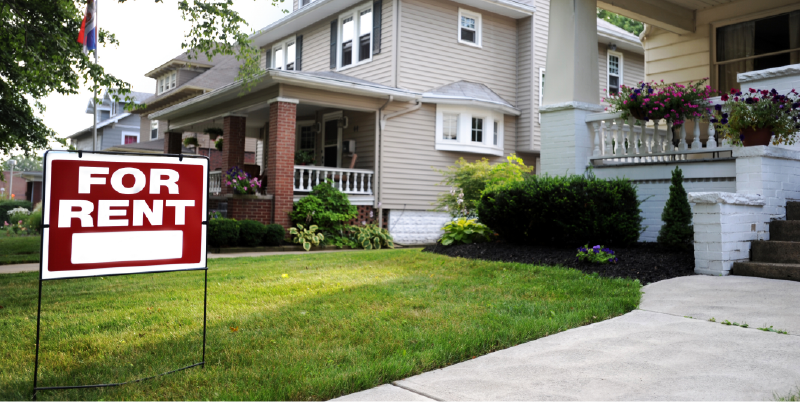
Updated January 23, 2023
It's inevitable for decks to degrade over the years, and some signs of failure can be easier to spot than others.
So, how can you be sure your deck is safe and ready to go for seasons to come?
We’ll discuss the most common signs that your deck is failing and whether it needs to be replaced or at repaired, depending on the extent of the damage.
The most common signs of a failing deck include:
- Rotting wood
- Cracking/splitting lumber
- Missing or rusted hardware
- Loose/missing railings
- Compromised ledger attachment
- Improper ledger flashing
- Irregular post depth
Find a deck removal pro in your area
1. Rotting Wood
Because decks exist outside, they are exposed to the elements and decay over time because of it.
The most common places for rot include:
- Deck boards
- Bottoms of posts
- Joists
Pooling water on decks or general moisture in the environment can lead to rot and decay.
Dry rot is the most common and is a fungus, so it can spread throughout a deck very quickly.
Common signs of dry rot include spongy, discolored wood that might flake or crumble when wet.
A good rule of thumb is that if you can poke a screwdriver more than ⅛” into any wood on your deck, then it’s rotten and should be replaced.
Keep reading: How to Remove Rotting Deck Boards
2. Cracking Lumber

The dimensional lumber of decks often cracks over time.
However, excessive splits in your decking, posts, railings, balusters, or spindles, lead to a weakened and unsafe deck.
In the case of excessive cracking, replacement is necessary.
3. Rusted or Missing Hardware
Hardware - like nails, screws, and bolts - are made of corrosive metals that rust over time.
Be sure to check for rusted hardware periodically to be sure your deck is structurally sound and safe.
If you see any rusted or missing hardware, replace it immediately.
4. Loose or Missing Railing(s)

Deck railings should be sturdy with no movement to them whatsoever.
If any pieces to—or all of—the railing are missing, replace them as soon as possible to be sure the deck is safe to use.
5. Compromised Ledger Attachment
The ledger board that is attached to the house is arguably the most crucial aspect of the deck to inspect and maintain.
It is the structural connection to your house, so checking for rot and ensuring it is securely connected is important.
If the ledger is only attached to your house with nails, your deck could be at risk of collapsing.
All ledgers should be attached with lag screws or through bolts.
6. Improper Ledger Flashing
Flashing behind the ledger board helps to ensure no water leaks into the home, leading to mold and rot.
If your deck doesn't have flashing, there's a chance the rim joist on your home has been compromised.
7. Irregular Post Depth
If deck support posts are not buried far enough below grade, they are subject to sinking.
This part of your deck can be difficult to inspect, but try to be sure your deck footer is buried at least 36 inches below grade with no evidence of rot.
Find a deck demolition pro in your area
If your deck has any one of the above signs of failure, we recommend contacting an expert at your earliest convenience to evaluate and repair or replace your deck.
They will be able to help you find the best solution for making your outdoor living space safe and enjoyable for years to come.
Keep reading:


